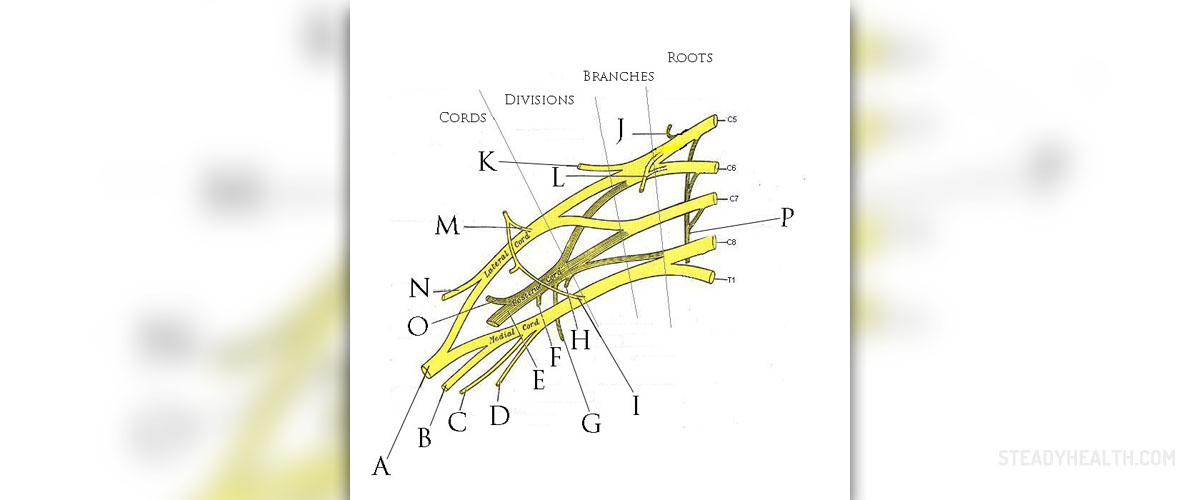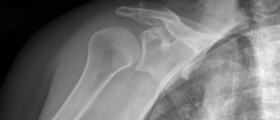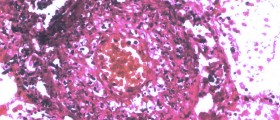
Brachial plexus neuropathy is an inflammation of the nerves of the brachial plexus. Brachial plexus is formed by the nerves that originate for the last four cervical nerve roots and the first thoracic root. The plexus runs through the neck, the axilla and into the arm. Brachial plexus neuropathy typically causes severe pain in the shoulder area and specific arm regions. There is also a progressive weakness of of the muscles innervated by the plexus.
The pain generally affects one shoulder but there are also cases that both sides are affected. The pain in its intensive phase may last from a few hours to up to several weeks. Its characteristic is that it does not subside with rest and tends to worsen at night. After the initial attack the pain may linger in milder form for several months.
Causes of Brachial Plexus Neuropathy
There are several factors which actually contribute to the disease and cause inflammation of the brachial plexus nerves. Trauma to the specific shoulder area is certainly one of the most common causes of brachial plexus neuropathy. Furthermore, this disease may occur due to stretching injuries. It also affects people suffering from parasitic infestation and congenital abnormalities. Over-exposure to toxins and radiation of the shoulder area may eventually result in brachial plexus neuropathy. There is also association between certain viral and bacterial infections and brachial plexus neuropathy. This specific neuropathy may be a consequence of vaccinations against influenza, tetanus, diphtheria etc. And finally, people suffering from systemic illnesses such as polyarteritis nodosa, systemic lupus erythematosus, lymphoma etc are more susceptible to brachial plexus neuropathy.
Symptoms of Brachial Plexus Neuropathy
As it has already been mentioned intensive pain is the leading symptom of this type of neuropathy. After 3 to 10 days there is an evident weakness of the affected muscles. Apart from the pain and muscle weakness patients suffering from brachial plexus neuropathy may additionally complain about numbness in the shoulder area, tingling/ burning or any other abnormal sensations in the shoulder area and inability to extend or raise their wrist and/ or hand.
Diagnosis and Treatment for Brachial Plexus Neuropathy
The first thing a doctor does is performing a physical and neurological examination of the patient. MRI of the affected area may point to the presence of inflammation and physical changes of the affected nerves. And finally, a nerve conduction test is performed to determine which nerves are not capable of conducting signals properly. In some patients affected nerves are biopted.
Treatment for brachial plexus neuropathy is conservative. It basically depends on the underlying cause. In majority of cases patients may benefit from medications, braces and splints. Physical therapy is also important as it increases the strength of the affected muscle. Mild pain may be successfully alleviated with Aspirin or ibuprofen while intensive pain is usually treated with phenytoin, carbamazepine and gabapentin. The surgery is reserved only for cases which do not respond to medications and if the symptoms become long lasting.

















Your thoughts on this
Loading...